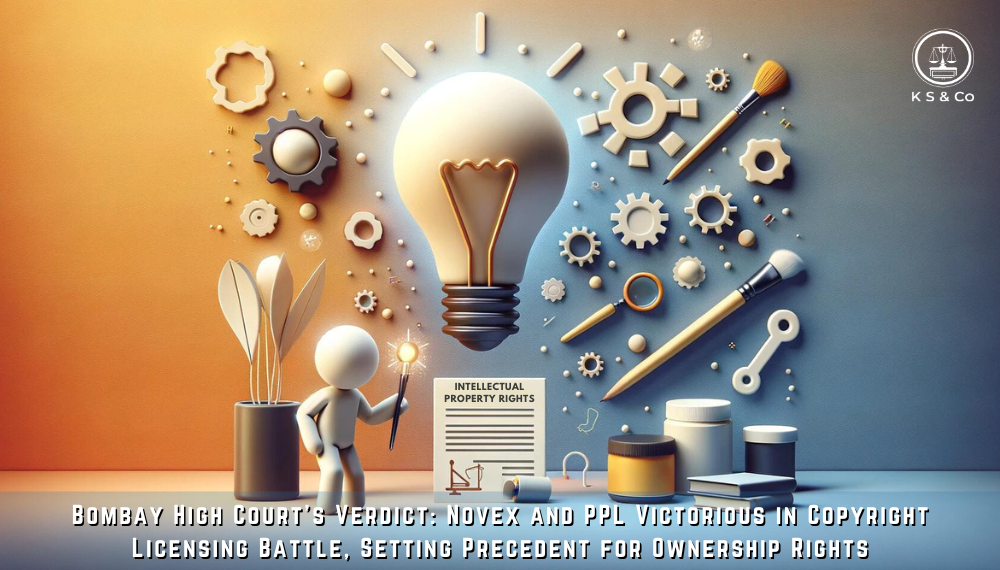INTRODUCTION
The Supreme Court, in Lalit Kumar Jain vs Union of India 1 has upheld resolution proceedings against personal guarantors. Let us try to understand why. Lending practices in India are in some measure dependent on the personal reputation and stake of the promoters or directors of a company. Leveraging this goodwill and confidence they enjoy, several large industrialists and directors secured loans for their companies and organizations while standing as personal guarantor. Thereafter, it was observed that a large quantum of the loans advanced could not be recovered and this resulted in an alarming rise in Non-Performing Assets in the Balance Sheet of the banks.
The Insolvency and Bankruptcy Code (“Code”) which came into force in 2016 has been an important legislation that focused on faster resolution of the insolvency process and recovery of bad loans. Prior to the Code, when banks or other lending institutions lent money to corporate debtors i.e., companies and a personal guarantee was furnished for the same, in case of default in repayment of such money, the only recourse which lenders had was to initiate separate insolvency proceedings against both the corporate debtor and the personal guarantor, before two different adjudicatory authorities i.e., the National Company Law Tribunal (“NCLT”) and the Debt Recovery Tribunal, respectively. This complicated the matter as neither of the adjudicatory authorities were able to see the whole picture and often led to delay in bringing to an end the insolvency proceedings against both the corporate debtor as well as the personal guarantors of corporate debtors.
In this backdrop the notification dated 15 November 2019 (“Impugned Notification”), was released by the Ministry of Corporate Affairs, vide which the personal guarantors were brought within the scope of the insolvency proceedings under the Code. It was to come into effect from 1 December, 2019. The impugned notification allowed for the initiation of Corporate Insolvency Resolution Proceedings against the personal guarantors of corporate debtors. This meant that simultaneous insolvency proceedings before the same adjudicatory authority could be initiated against both the corporate debtor and the personal guarantor, for efficient resolution of these proceedings.
Aggrieved by the Impugned Notification, industrialists filed several petitions before the High Court’s challenging the constitutional validity of the Impugned Notification. Transferring all these petitions to itself, a division bench of the Supreme Court (“Court”), consisting of Justice L. Nageswara Rao and Justice S. Ravindra Bhatt, passed the landmark judgment on 21 May, 2021, upholding the constitutional validity of the Impugned Notification. As a result of this judgment, the Court paved the way for the lenders to file insolvency resolution proceedings against promoters, managing directors or other directors of the stressed companies, who generally hide under the garb of the personal guarantors of these stressed companies. A brief summary of the contentions of the parties, what the Court held vide its judgment and an analysis of the same has been discussed below.
CONTENTIONS OF THE PETITIONERS
The Petitioners stated that Section 1 (3) of the Code was a ‘Conditional Legislation’. This meant that the function of enacting the law vested with the executive whereas the function of bringing the law into operation vested with the Government. The Petitioners submitted that the Government exceeded the power which was conferred upon it. By way of the Impugned Notification the Government modified certain provisions of Part III of the Code, which relate to the Insolvency Resolution & Bankruptcy for Individuals and Partnership Firms, which it did not have the power to do.
Relying upon Committee of Creditors of Essar Steel of India v Satish Kumar Gupta2, the Petitioners argued that an approval of the resolution plan by the Committee of Creditors in respect of the corporate debtor amounts to the extinction of all outstanding claims against the debtor. Further, since the liability of the personal debtor is co extensive with that of the corporate debtor, on approval of the resolution plan, the liability of the personal debtor would extinguish as well.
CONTENTIONS OF THE RESPONDENTS
Citing the 2018 amendment which led to the insertion of the word ‘personal guarantors to corporate debtors’ in Section 2 of the Code, the Respondents argued that it was always the intention of Parliament to treat personal guarantors independently of individuals and partnership firms.
Further, the Respondents stated that the inclusion of the words ‘corporate guarantor or personal guarantor as the case may be’ to Section 60 of the Code, which deals with the Adjudicatory Authority for Corporate Persons, was of utmost importance. They argued that if the same was not implemented, the insolvency resolution proceedings of the corporate debtors would have to be dealt with independently of its personal guarantors. Further, the unification of the adjudicatory authority for both the corporate debtor as well as the personal guarantor, by the Impugned Notification, resolved the problem which the resolution applicant would have faced, i.e., having to go against both the corporate debtor and the personal guarantor under two separate corporate insolvency resolution proceeding, thereby causing a delay in the entire resolution process.
The Respondents argued that acceptance of a resolution plan against the corporate debtor does not result in the discharge of the personal guarantor’s obligations. The Respondents also stated that initiation of insolvency proceedings against both, the corporate debtor as well as personal guarantors to corporate debtors, will not lead to double recovery of the claim by the financial creditors as the financial creditor would be eligible to only recover the balance amount from the personal guarantor which remains unrecovered from the corporate debtor.
WHAT DID THE COURT HOLD?
The Court dismissed the petitions and upheld that the Government vide the Impugned Notification was trying to fulfil the objectives of the Code. The Court affirmed that where an insolvency proceeding, against a corporate debtor, lies undecided before the NCLT, an insolvency resolution application can be filed against the personal guarantor of the corporate debtor in the same NCLT and the NCLT will be vested with the powers of the Debt Recovery Tribunal for the purpose of Section 60(2) of the Code. The Court observed that a common forum for the adjudication of the insolvency proceedings would be ideal to consider the matter in its entirety and would aid the Committee of Creditors while making their resolution plans.
The Court observed that the approval of a resolution plan under Section 31 of the Code doesn’t per se discharge the personal guarantor of the corporate debtor of his liability under the contract of guarantee. Further, the court held that the guarantor’s liability arises out of a separate contract and the liability would depend on the terms of the contract.
ANALYSIS AND COMMENTS
As a result of this decision, the personal guarantor will have to be doubly sure before they give a guarantee for any corporate loan as the liability will now fasten on both the corporate debtor as well as the personal guarantor. Initially, it may appear unfair to the promoter, but many a times it is only the credibility of the promoter that facilitates the loan to the corporate debtor. Therefore, it is a fundamental obligation of the guarantors to pay the monies back to the banks in case the corporate debtor’s default in paying the same. This judgment created a distinction between bonafide promoters and fly-by-night promoters. Further, not only will this judgment set in a healthy practice amongst corporate debtors and personal guarantors but also it will help in reducing the bad debt of the lending institutions, thereby, making the banking sector robust and healthy. It is pertinent to note that even though prior to the Impugned Notification recourse was available to the lenders, as mentioned above, what the Impugned Notification did was that it simplified the entire insolvency resolution process, making It more efficient and simpler for the lender to recover the amount lent by them to the corporate debtors.





Leave a Reply